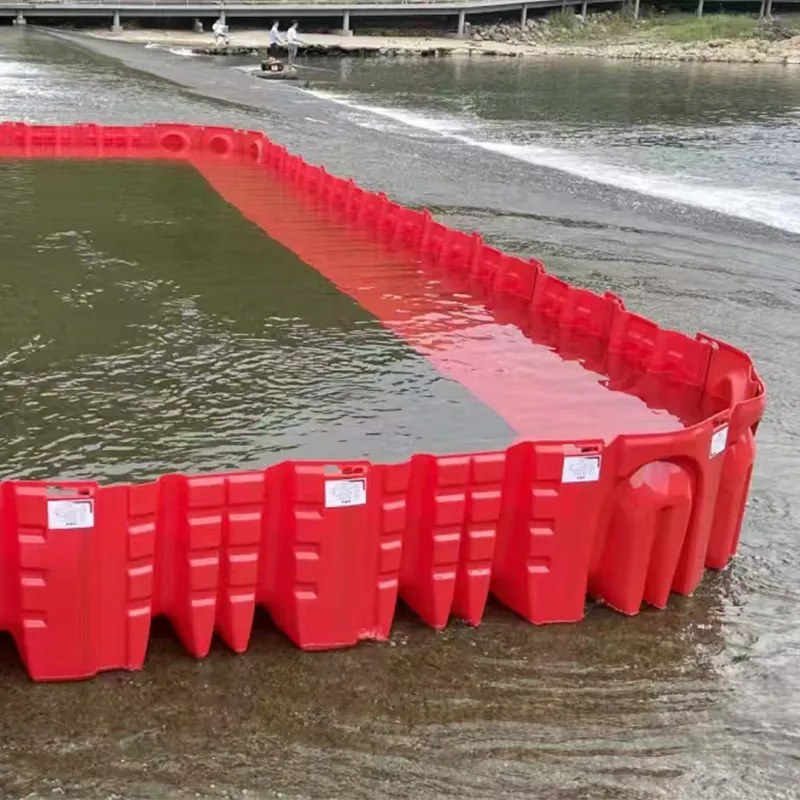

Emergency lighting and exit signs are critical for facilitating a safe evacuation. In the event of a power outage during a fire, these lights illuminate pathways to exits, preventing panic and ensuring orderly egress. LED technology has revolutionized this aspect of fire safety, offering long-lasting and energy-efficient lighting solutions that perform reliably even in adverse conditions. Carbon monoxide detectors complement smoke alarms and are essential, particularly in homes and offices with gas appliances. Carbon monoxide is a colorless, odorless gas that can be fatal in high concentrations. Detectors alert occupants to dangerous levels, enabling evacuation and ventilation before the situation becomes critical. The importance of professional training cannot be overstated when discussing fire safety tools and equipment. Knowing how to operate equipment properly, such as the correct way to use a fire extinguisher or the steps to take during an evacuation, can significantly affect the outcome of a fire incident. Regular fire drills and training sessions ensure that everyone knows their role and can act decisively in an emergency. Furthermore, integrating these fire safety tools into an overall fire safety plan enhances their effectiveness. This plan should be personalized according to the specific needs and layout of the premises, taking into account factors such as occupancy type, fire load, and egress routes. Regularly updating and revising the plan as circumstances change is essential for maintaining a high level of preparedness. Overall, investing in quality fire safety tools and equipment, combined with proper training and planning, not only demonstrates a commitment to safety but also builds trust and credibility with stakeholders. Whether for private residences or businesses, prioritizing fire safety tools and equipment is a prudent, potentially life-saving practice that underscores an organization's dedication to protecting life and property.





























